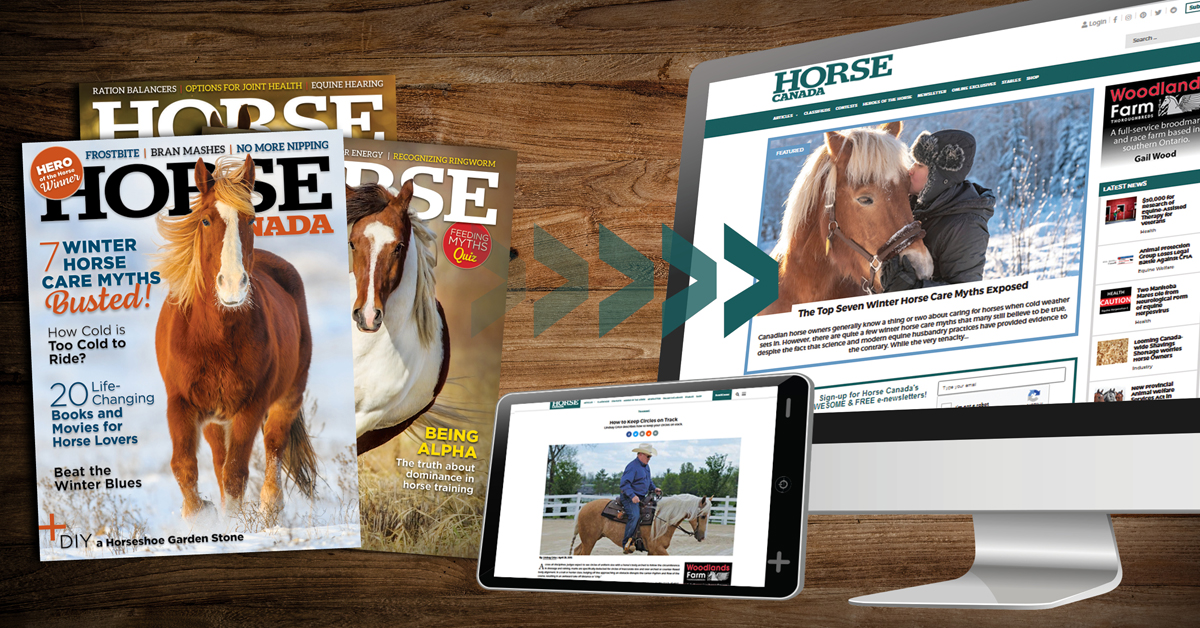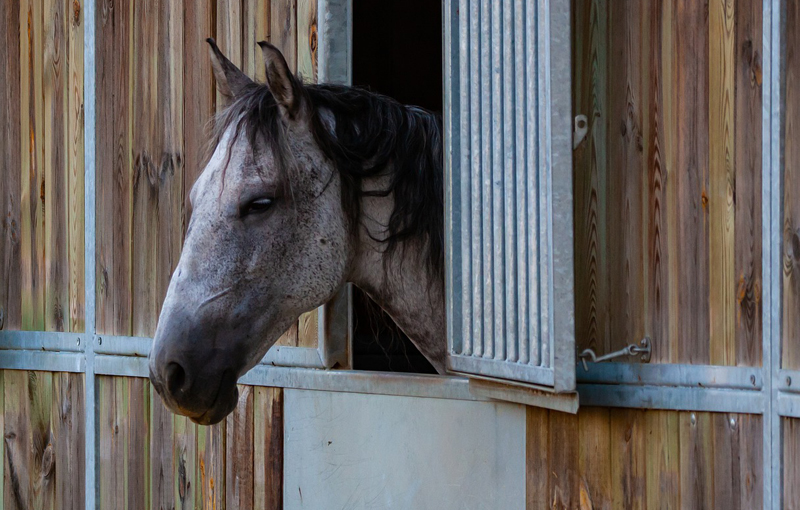Macronutrients are the nutrients that are required in larger amounts in your horse’s diet. They include protein, fat and carbohydrates (non-structural carbohydrates and fibre).
The sections below provide examples of dietary sources of each macronutrient, but remember that these sources still contain other macronutrients. For example, cereal grains can be a source of carbohydrates, but also contain protein and fat.
Protein
Protein, important for the growth and function of your horse’s tissues and organs, is made up of amino acids. Each type of protein is made up of different types of amino acids. Certain amino acids are “essential” for your horse to get through his or her diet, because they cannot be made by the horse’s body. Other amino acids are considered “non-essential”, because they can be made by your horse’s body. It is important to consider the amino acid composition of the proteins in your horse’s diet to ensure your horse is getting enough essential amino acids.
Sources high in protein include:
- Commercial ration balancers
- Seed meals, like soybean
- Legume hays e.g. alfalfa, clover and birdsfoot trefoil
- Growing pasture, e.g. smooth bromegrass
- Dried yeast
- Amino acid supplements
Fat
Fat is used by your horse as an energy source and to help with the absorption of fat-soluble vitamins, like vitamin A. Fat contains fatty acids. Like protein, different fats have different fatty acids, and some of these fatty acids are essential, while others are non-essential. Again, it’s important to consider the differences in fatty acid profiles when looking at your horse’s diet.
Sources high in fat include:
- Oils, like vegetable or fish oil
- Grains
- Pasture
Carbohydrates
Carbohydrates include many very different types of compounds. Animal scientists have developed many ways to divide this category of nutrients over the years, but two important categories for horses are non-structural carbohydrates and fibre.
Non-structural Carbohydrates (NSC)
Non-structural carbohydrates (NSC) provide a source of energy for your horse that is more rapidly digested and absorbed than structural carbohydrates (fibre). NSC include mono- and disaccharides, oligosaccharides (including fructans) and starch. High dietary intake of NSC may increase the risk of obesity and laminitis, and can be harmful for horses with diseases like Cushing’s and Equine Metabolic Syndrome.
Sources high in NSC include:
- Spring pasture
- Molasses
- Grains
- Concentrates
Structural Carbohydrates (Fibre)
Fibre is one of the most important nutrients for your horse’s digestive health! Fibre is needed to ensure food keeps moving through your horse’s digestive tract, and is an important source of energy when broken down and used by microbes in your horse’s hindgut. Examples of fibre important to your horse’s health include cellulose and hemicellulose.
Sources high in structural carbohydrates include:
- Hay
- Pasture
- Beet pulp
An equine nutritionist or veterinarian can help design your horse’s feeding plan.
Learn more about equine nutrition through Equine Guelph’s online Nutrition course.
More from Horse-Canada:





